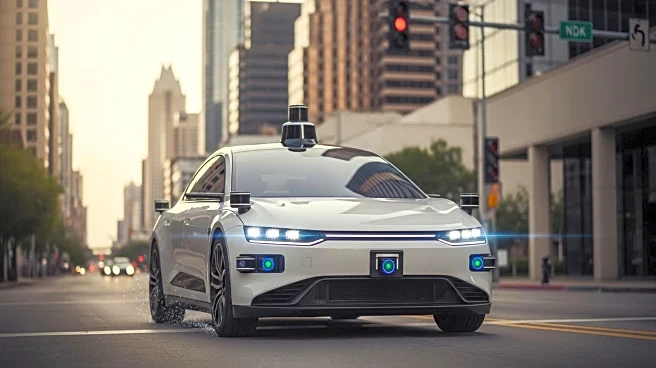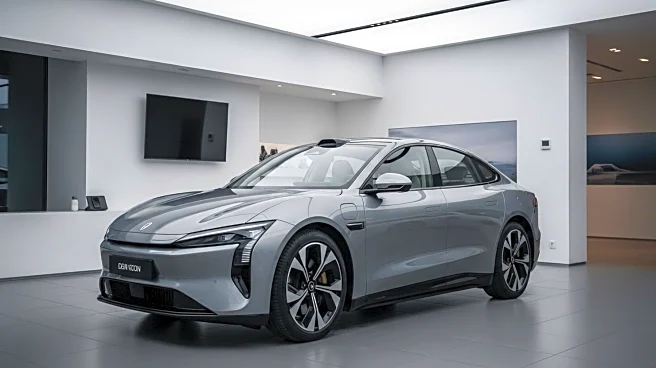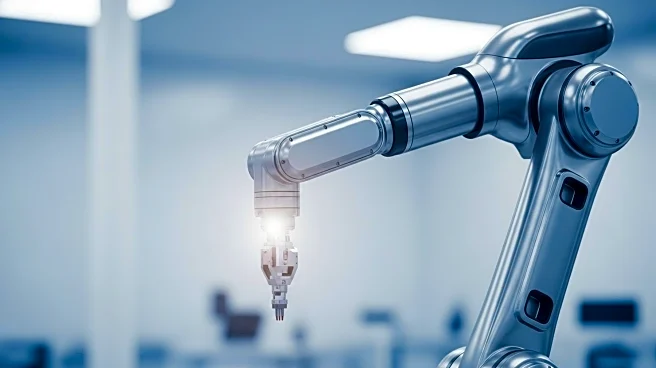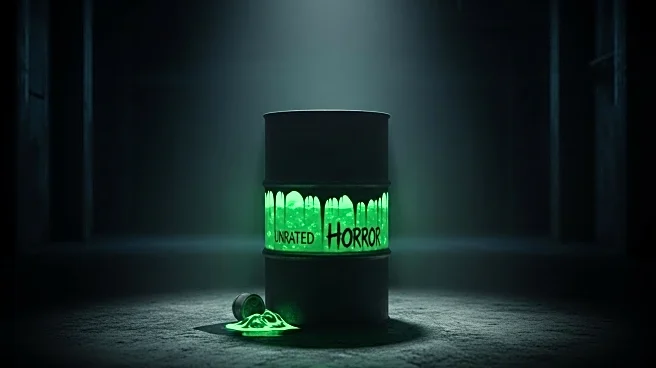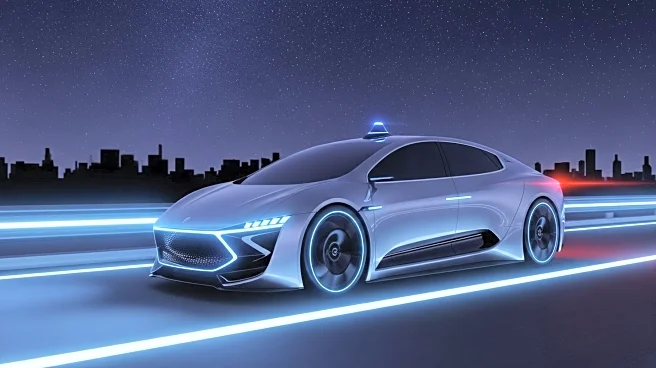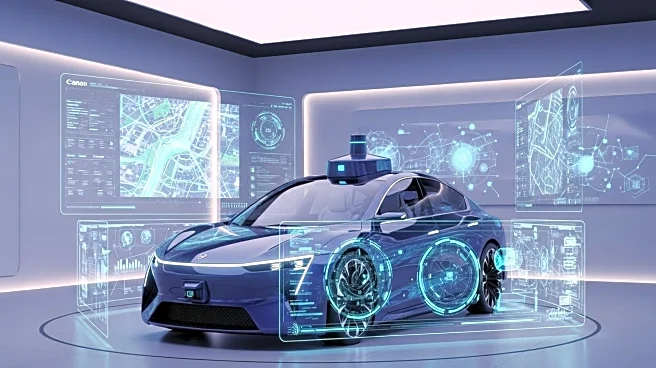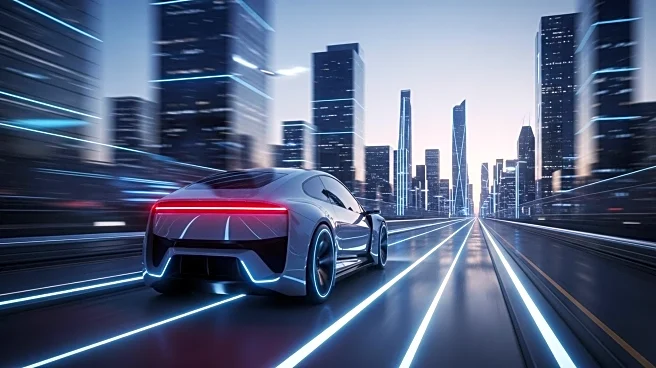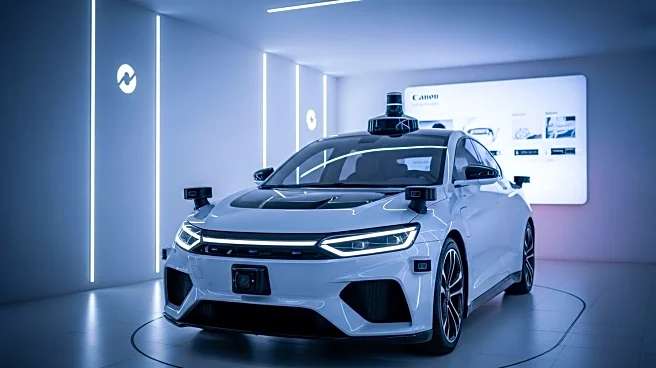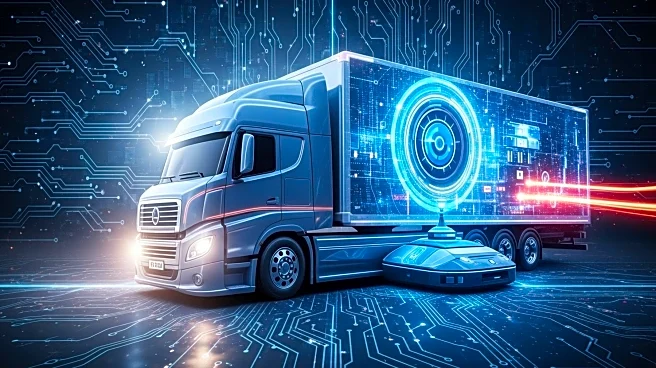What's Happening?
During a test drive in Austin, Texas, a Tesla Robotaxi experienced difficulties when attempting a left turn, resulting in the vehicle becoming stuck in traffic. A human supervisor had to intervene by moving from the passenger seat to the driver's seat to manually control the vehicle. This incident has raised concerns about Tesla's decision to position human supervisors in the passenger seat, relying on a kill switch for emergencies. Critics argue that this setup may compromise safety, as demonstrated by the need for manual intervention during the test.
Why It's Important?
The mishap highlights ongoing safety concerns associated with Tesla's Full Self-Driving technology, which has been linked to various accidents. Ensuring the reliability and safety of autonomous vehicles is crucial for public acceptance and widespread adoption. The incident underscores the need for rigorous testing and development of self-driving technologies to prevent accidents and protect road users. It also raises questions about regulatory standards and the role of human oversight in autonomous vehicle operations.
What's Next?
Tesla and other EV manufacturers are expected to continue refining their self-driving technologies, with ongoing software updates aimed at improving safety and reliability. The industry may face increased scrutiny from regulators and the public, prompting further advancements in autonomous vehicle safety features. Stakeholders may advocate for stricter regulations and enhanced safety protocols to ensure the responsible deployment of self-driving vehicles.
